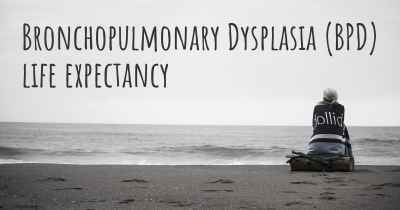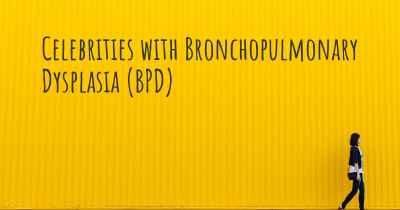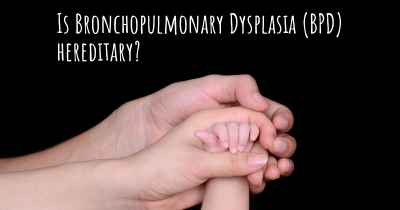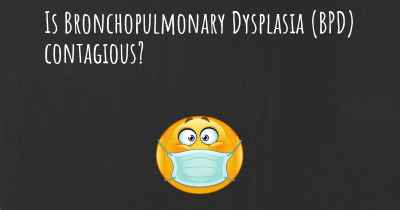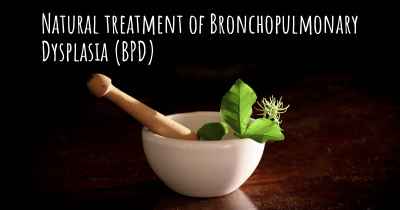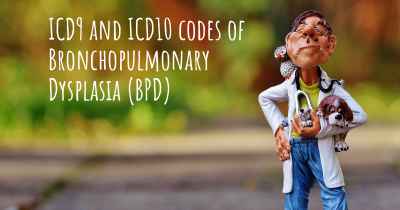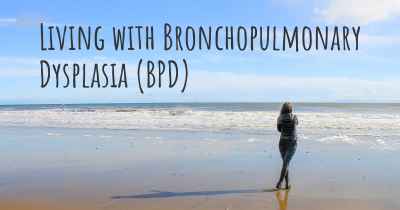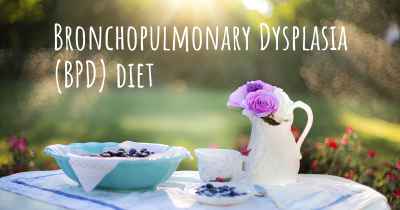Which are the symptoms of Bronchopulmonary Dysplasia (BPD)?
See the worst symptoms of affected by Bronchopulmonary Dysplasia (BPD) here
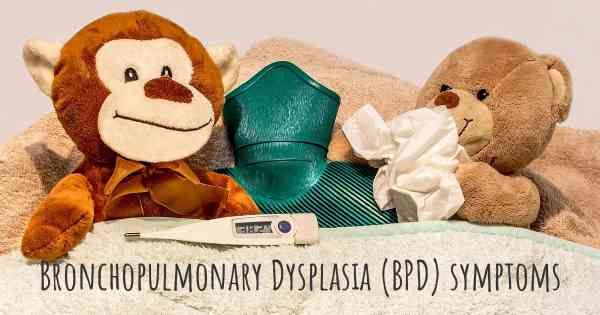
Bronchopulmonary Dysplasia (BPD) is a chronic lung disease that primarily affects premature infants who have received mechanical ventilation or oxygen therapy for an extended period. It is characterized by abnormal development of the lungs, leading to respiratory difficulties. The symptoms of BPD can vary in severity and may persist for months or even years after birth.
1. Respiratory Distress: Infants with BPD often experience difficulty breathing, rapid breathing (tachypnea), and increased work of breathing. They may exhibit retractions, where the skin between the ribs or above the collarbone sinks in with each breath. Cyanosis, a bluish discoloration of the skin, may also be present due to inadequate oxygenation.
2. Wheezing and Crackles: BPD can cause wheezing, a high-pitched whistling sound during breathing, and crackles, which are abnormal lung sounds resembling the sound of rubbing hair strands together. These sounds occur due to narrowed airways and inflammation in the lungs.
3. Chronic Cough: Infants with BPD may have a persistent cough that can be dry or produce mucus. The cough is often a result of airway irritation and inflammation.
4. Poor Weight Gain: BPD can affect an infant's ability to feed and gain weight. The increased energy expenditure required for breathing can make it challenging for infants to consume enough calories, leading to poor weight gain or failure to thrive.
5. Fatigue and Lethargy: Due to the increased effort required to breathe, infants with BPD may become easily fatigued and appear lethargic. They may have decreased activity levels and reduced interest in feeding or interacting.
6. Recurrent Respiratory Infections: BPD compromises the immune system of affected infants, making them more susceptible to respiratory infections such as pneumonia, bronchiolitis, and respiratory syncytial virus (RSV) infections. These infections can further exacerbate the symptoms of BPD.
7. Pulmonary Hypertension: In severe cases of BPD, infants may develop pulmonary hypertension, a condition characterized by increased blood pressure in the arteries of the lungs. This can lead to further respiratory distress and compromise the heart's ability to pump blood effectively.
8. Abnormal Chest X-ray: Chest X-rays of infants with BPD often reveal characteristic abnormalities, including areas of atelectasis (collapsed lung tissue), hyperinflation (overinflated lungs), and increased lung markings.
9. Oxygen Dependency: Infants with BPD may require supplemental oxygen to maintain adequate oxygen levels in their blood. The need for oxygen therapy can persist for an extended period, even after discharge from the hospital.
10. Delayed Development: BPD can impact the overall development of affected infants. They may experience delays in reaching developmental milestones, such as sitting, crawling, or walking, due to the chronic respiratory difficulties they face.
It is important to note that the severity and duration of symptoms can vary among individuals with BPD. Close monitoring and appropriate medical interventions are crucial to manage the condition and support the respiratory health of affected infants.
Posted Sep 28, 2017 by Jules 3450
